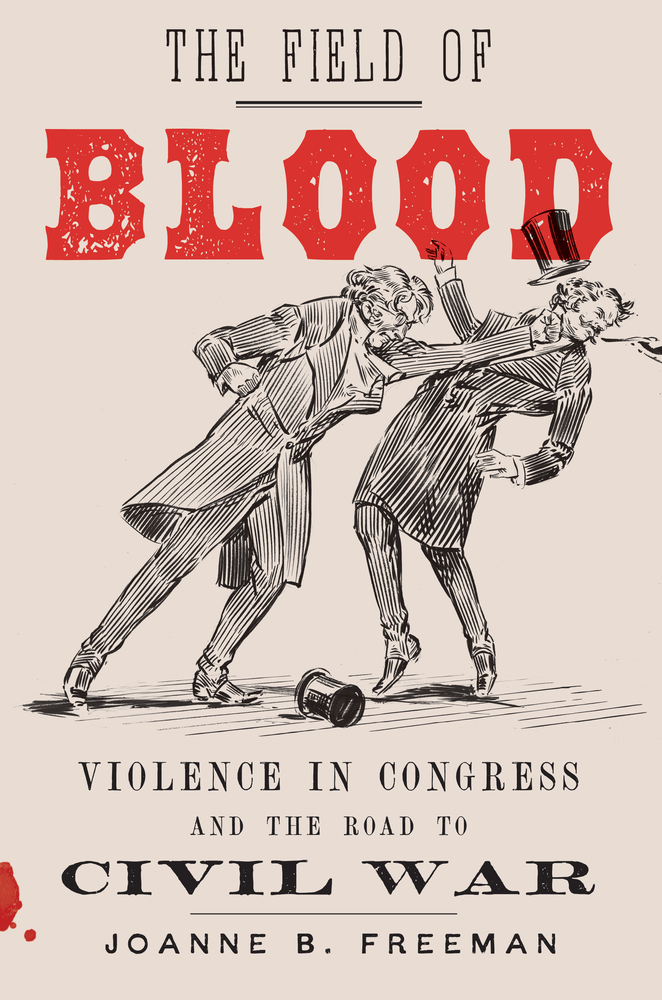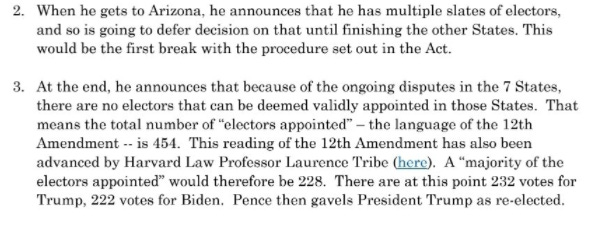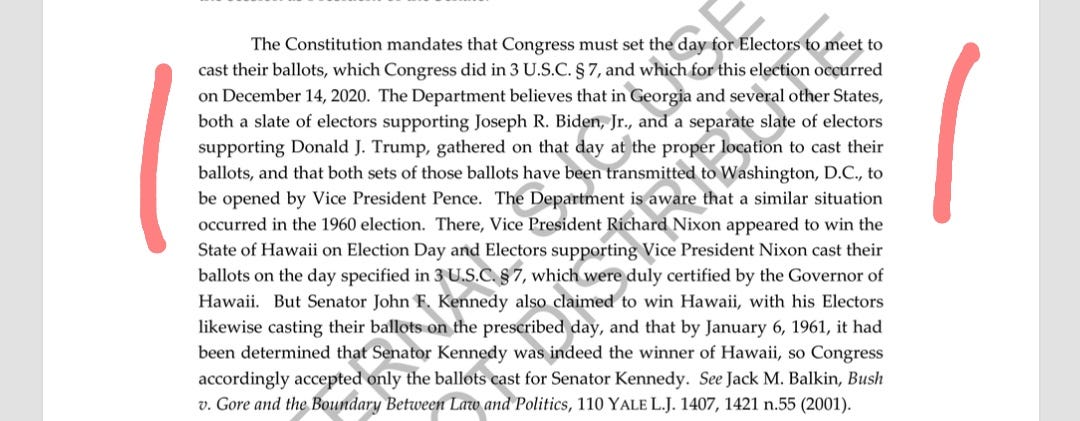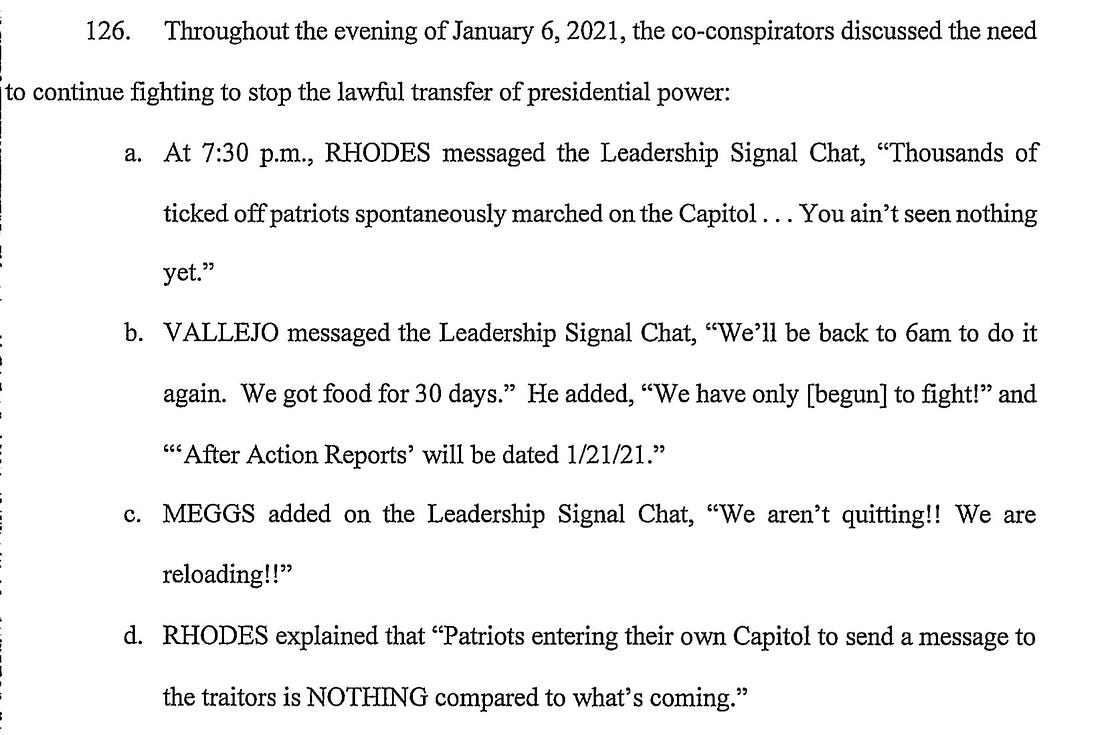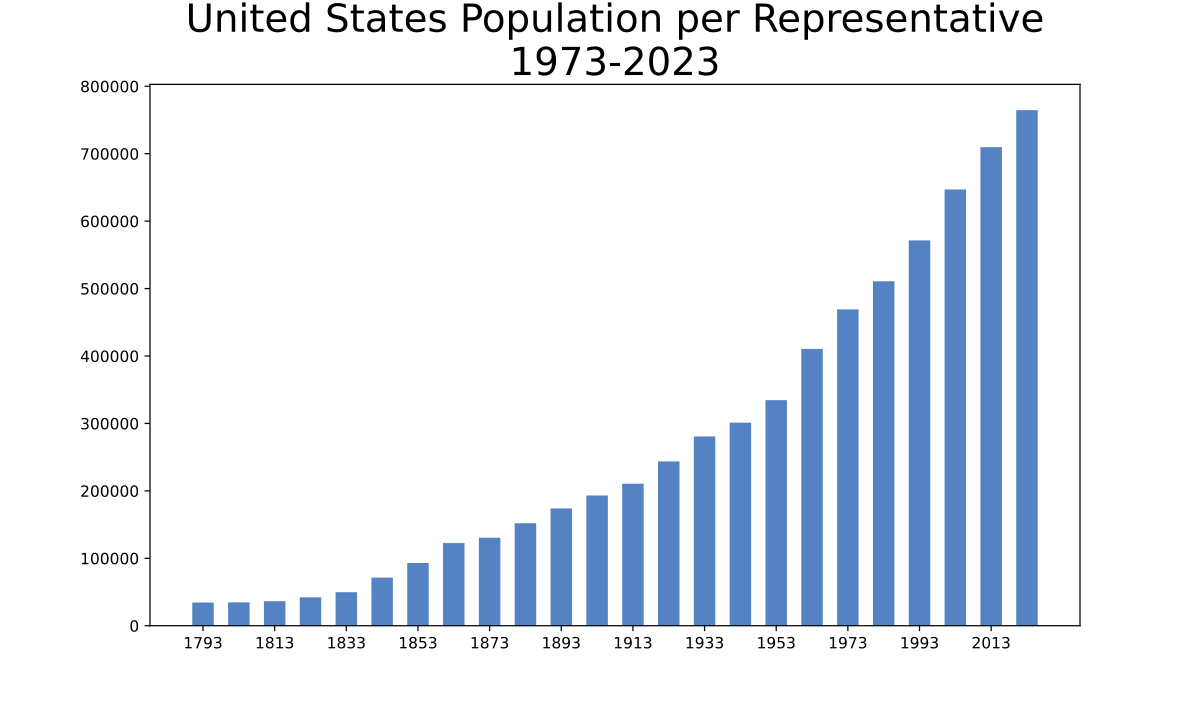DRAFT - SUBJECT TO CHANGE
US Congress
CMC Gov 101, Spring 2022
Tuesday and Thursday 11AM -12:15 PMRoberts North 105
J.J. Pitney -- Office: 232 Kravis
Student Hours: Monday through Thursday 1-2 PM, starting in February. During the first 2 weeks, by appointment. And once we resume in-person classes, I can also meet by appointment.
Web: http://www1.cmc.edu/pages/faculty/JPitney/ZOOM: https://cmc-its.zoom.us/j/92228697468
See also my Congress Links page.
General
Woodrow Wilson wrote: "Like a vast picture thronged with figures of equal prominence and crowded with elaborate and obtrusive details, Congress is hard to see satisfactorily and appreciatively at a single view and from a single stand-point. Its complicated forms and diversified structure confuse the vision, and conceal the system which underlies its composition. It is too complex to be understood without effort, without a careful and systematic process of analysis."
In this course, we shall undertake such analysis. We shall ask how lawmakers behave at home and on Capitol Hill. We shall study Congress's procedures and structures, with an eye to explaining why some bills pass while others languish.
Classes
Class sessions will include lecture and discussion. Finish each week's readings before class because our discussions will involve those readings. We shall also talk about breaking news stories about Congress, so you must read a good daily news source such as Politico or RealClearPolitics.
Blog
Our class blog is at http://gov101.blogspot.com. I shall post videos, graphs, news stories, and other material there. We shall use some of this material in class, and you may review the rest at your convenience. You will all receive invitations to post to the blog. (Please let me know if you do not get such an invitation.) I encourage you to use the blog in these ways:
- To post questions or comments about the readings before we discuss them in class;
- To follow up on class discussions with additional comments or questions.
- To post relevant news items or videos.
Grades
The following will make up your course grade:
- One three-page paper: 15%
- One four-page paper: 20%
- One five-page paper: 25%
- Simulation and writeup: 25%
- Participation, reading emails, blog: 15%
Details
- The papers will develop your research and writing skills. In grading, I will take account of the quality of your writing, applying the principles of Strunk and White’s Elements of Style. If you object, do not take this course, or anything else that I teach.
- The simulation will require you to study your part and spend several sessions in character.
- Class participation will hone your ability to think on your feet, as I shall call on students at random. If you often miss class or fail to prepare, your grade will suffer. I shall use the cold calls to judge how well you are keeping up with the material. If you object to this approach, do not take this course.
- By Friday of each week, email me your reactions to that week's readings and discussions. In these emails, you may describe the overall theme of the readings, identify important information or concepts that you have learned, or raise questions or criticisms. These emails should be short -- one paragraph will be fine -- but they will provide me with a good sense of what you are getting out of the course.
- In addition to the required readings (below), I may also give you handouts, emails, and web links covering current events and basic factual information.
- Check due dates for coursework. Do not plan on extensions.
- Plagiarism and other forms of academic dishonesty are not victimless offenses, because they hurt fellow students. Please study our Statement of Academic Integrity, which reads in part: "The faculty of Claremont McKenna College is firmly committed to upholding the highest standards of academic integrity. Each faculty member has the responsibility to report cases of academic dishonesty to the Academic Standards Committee."
- This class welcomes viewpoint diversity. See: https://heterodoxacademy.org/library/advice-on-syllabus-language/
- Your experience in this class is important to me, and I have a particular interest in disability. If you have set up accommodations with Accessibility Services at CMC, please tell me about your approved accommodations so we can discuss your needs in this course. You can start by forwarding me your accommodation letter. If you have not yet established accommodations but have a temporary health condition or permanent disability (e.g., mental health, attention-related, learning, vision, hearing, physical or health), please get in touch with Assistant Dean for Academic Success and Accessibility Services, Maude Nazaire, at Accessibilityservices@cmc.edu to ask questions or begin the process. General information and accommodations request information are at the CMC Accessibility Services website.
Required Books [Make sure that you get the correct edition of the Davidson book.]
- Roger Davidson, Walter J. Oleszek, Frances E. Lee, and Eric Schickler, Congress and Its Members, 18th ed. (Washington: CQ Press, 2022).
- Jill Lawrence, The Art of the Political Deal (independently published, 2017).
- Timothy M. LaPira, Lee Drutman, and Kevin R. Kosar, eds., Congress Overwhelmed The Decline in Congressional Capacity and Prospects for Reform (Chicago: University of Chicago Press, 2020).
The schedule is subject to change, with advance notice.
Jan 18, 20: Two Political Branches, Two Chambers, Two Congresses, Two Parties
What are the major functions of Congress?
- Davidson, ch. 1.
- LaPira, ch. 2.
Jan 25, 27: Congressional History and the Insurrection
"All you've got to know is this: right now the government of the United States is sitting on top of the Washington Monument, right on the very point, tipping right and left and ready to fall off and break up on the pavement." -- Edmond O'Brien, in Seven Days in May
How does today's Congress compare with that of the past? Have lawmakers gotten better or worse? What happened on January 6, 2021?
- Davidson, ch. 2
- Excerpts from Joanne B. Freeman (PO `84), The Field of Blood: Violence in Congress and the Road to Civil War (New York: Farrar, Straus and Giroux, 2018). On Sakai.
- Excerpts from Jonathan Karl, Betrayal (New York: Dutton, 2021). On Sakai.
THREE-PAGE PAPER ASSIGNED BY JAN 27:
DUE IN SAKAI DROPBOX BY FEB 11.
Feb 1, 3: Congressional Elections and Home Style
"A congressional campaign is a lot like unmedicated childbirth: it's painful, it's messy, you don't think you can do what's required even as you're doing it, you likely consented to it months ago and now you're questioning your decisions, your likelihood to request drugs increases proportionally as you get closer to the big event, you gained weight, you don't realize you're screaming but everyone around you looks distressed, and your mother doesn't remember what it's like. Also, once you get what you want, you'll never sleep again. I'm sure there are things I'm missing, but I hear hormones make you forget so you'll do it every two years." -- Candace Valenzuela (CMC `06), 2020 candidate for US House, Texas 24.
How do congressional candidates emerge onto the scene? What accounts for the party balance in the House and Senate? How do incumbents hold their seats?
Feb 8, 10: Parties and Leadership
“Joe (Biden) told me of one run-in he’d had on the Senate floor after the Republican leader blocked a bill Joe was sponsoring. When Joe tried to explain the bill’s merits, McConnell raised his hand like a traffic cop and said, `You must be under the mistaken impression that I care.’” -- Barack Obama
How do leaders and followers influence each other on Capitol Hill?
- Davidson, ch. 6.
- LaPira, ch. 14, 15.
Feb 15, 17: Congressional Staff and Legislative Support
"The Pelosi-Hoyer rivalry is one of the most fascinating I’ve ever observed in Congress, or anywhere in politics. It’s been intense, it’s been relentless, it’s been full of unexpected twists and turns, and it literally goes back a half-century, when Pelosi and Hoyer were both interns in the office of Daniel Brewster, the old Maryland senator." -- Steve Kornacki FIVE-PAGE PAPER ASSIGNED BY FEB 15, DUE IN SAKAI DROPBOX BY MAR 4.
Feb 22, 24: Process
Who writes the bills, and how? What is the role of congressional committees?
- Davidson ch. 7-8
- LaPira, 10
Mar 1, 3: Process, Interest Groups, and Decision Making
"If procuring votes with offers of employment is what you intend, I’ll fetch a friend from Albany who can supply the skulking men gifted at this kind of shady work. Spare me the indignity of actually speaking to Democrats. Spare you the exposure and liability." -- William Seward (David Strathairn) in Lincoln
How do members decide how to vote? What is the relative influence of leadership, constituency, and ideology? How the "outside game" of media politics complement the "inside game" of legislative maneuvering?
Mar 8, 10: The Art of the Political Deal
How do lawmakers engage in deliberation and bargaining?
Mar 15, 17: Spring Break
Mar 22, 24, 29, 31 : Legislative Simulation
"I saw you with your sword earlier, You're petty handy with that thing. Have you ever heard of LARPing?" –LARPer in Hawkeye
Simulation may take place both during class time and in the evening. The exact schedule and format will depend on the pandemic.
Apr 5, 7: Congress and the Executive
"It's a temper tantrum by the president. I'm a mother of five, grandmother of nine. I know a temper tantrum when I see one."-- Speaker Nancy Pelosi
How do the executive and legislative branches check each other? Do they intrude on each other's legitimate authority?
SIMULATION WRITEUP DUE IN SAKAI DROPBOX BY FRIDAY, APRIL 8
Apr 12, 14: Oversight and the Courts
"Upon written request from the chairman of the Committee on Ways and Means of the House of Representatives, the chairman of the Committee on Finance of the Senate, or the chairman of the Joint Committee on Taxation, the Secretary shall furnish such committee with any return or return information specified in such request..." 26 U.S. Code § 6103
How do the branches battle over control of information? How does Congress try to influence the composition of the judiciary?
- LaPira, ch. 4
- Davidson, ch. 12
Apr 19. 21: Budgets and Domestic Policy
"This Act may be cited as the `Stop the Shutdowns Transferring Unnecessary Pain and Inflicting Damage In The Coming Years Act.'" [aka, The "Stop STUPDITY Act"] -- Sen. Mark Warner (D-VA)
What is domestic policy? How does Congress handle issues such as employment and health care?
- Davidson, ch. 14.
- LaPira, ch. 9, 11, 12.
- Readings on current legislation, TBA.
FOUR-PAGE PAPER ASSIGNED BY APR 21, DUE IN SAKAI DROPBOX BY MAY 6
Apr 26, 28: National Security and the Two Congresses
"Politics are changing and you don't want to be the last one holding the dog collar when the oversight committee comes." -- "Dan" (Jason Clarke) to "Maya" (Jessica Chastain) in Zero Dark Thirty
Can Congress effectively check the executive branch in wartime? Do lawmakers have the expertise and information to make decisions about national and homeland security?
May 2, 5: Courage and Reconsideration
"[B]etween 1830 and 1860, there were more than seventy violent incidents between congressmen in the House and Senate chambers or nearby streets and dueling grounds, most of them long forgotten...I found canings, duel negotiations, and duels; shoving and fistfights; brandished pistols and bowie knives; wild melees in the House; and street fights with fists and the occasional brick." -- Joanne Freeman, The Field of Blood.
What is political courage?
- John F. Kennedy, Profiles in Courage, chapter 1 ("Courage and Politics") and Chapter 11 ("The Meaning of Courage'). You may find free online copies of the book here, here, and at the Honnold website. Also see chapter summaries here.
